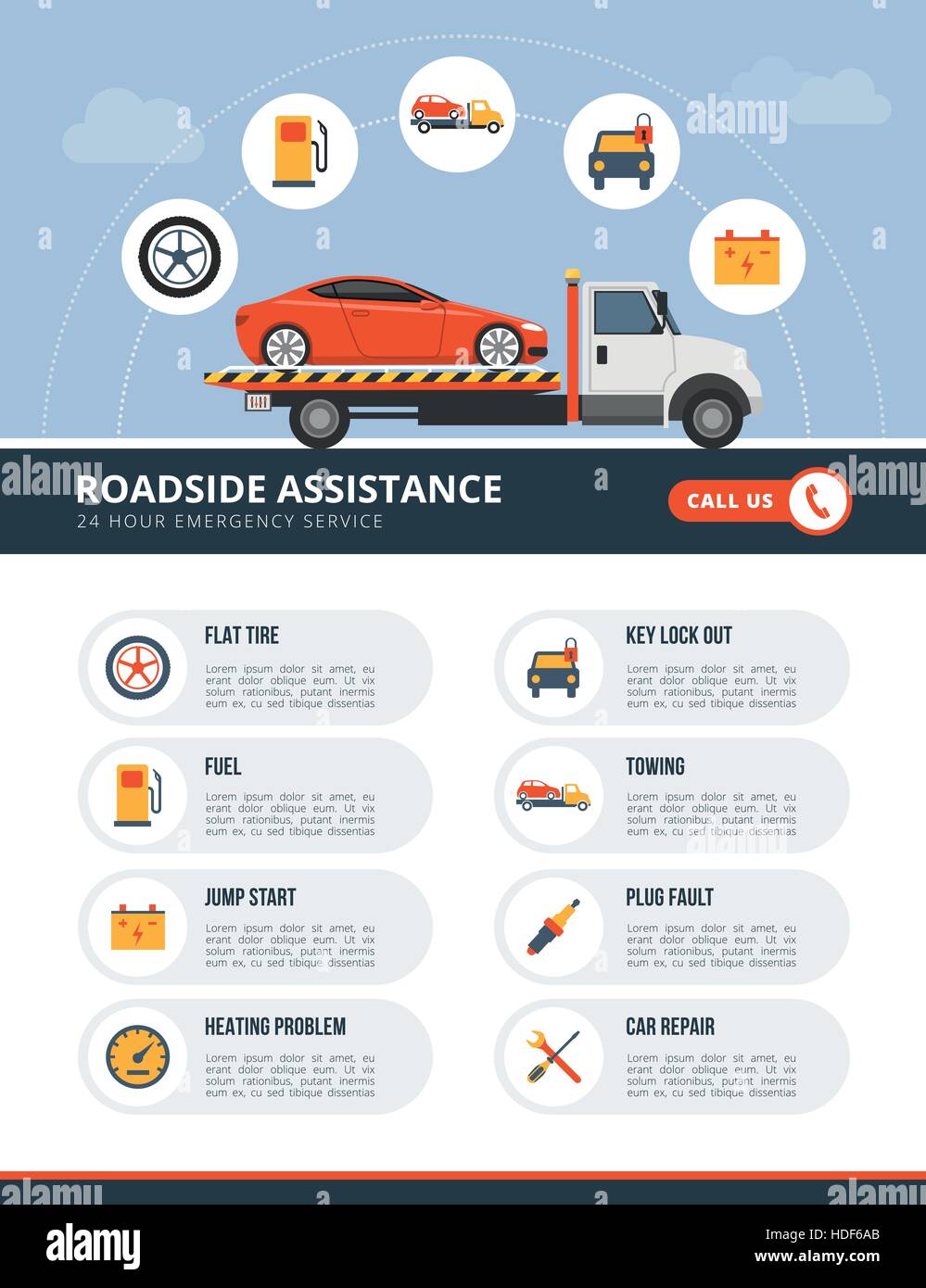Comprehending Your Cars And Truck'S Warning Lighting: What Do They Actually Mean?
Comprehending Your Cars And Truck'S Warning Lighting: What Do They Actually Mean?
Blog Article
Content Create By-Johannsen Dreier
When you're behind the wheel, those radiant warning lights on your control panel can be a bit complicated. Do you understand what they're trying to tell you regarding your car's health and wellness? Understanding the importance of these lights is essential for your safety and security and the durability of your lorry. So, Suggested Webpage following time among those lights pops up, wouldn't you intend to understand its message accurately and take the necessary actions to address it?
Common Caution Lights and Interpretations
Recognize typical warning lights in your cars and truck and understand their meanings to ensure safe driving.
One of the most typical caution lights consist of the check engine light, which indicates concerns with the engine or discharges system. If this light comes on, it's important to have your car checked promptly.
The oil pressure cautioning light indicates reduced oil stress, requiring prompt attention to avoid engine damage.
A blinking battery light could suggest a defective charging system, potentially leaving you stranded if not attended to.
The tire pressure tracking system (TPMS) light alerts you to reduced tire pressure, influencing vehicle stability and gas effectiveness. Overlooking this might lead to harmful driving problems.
The abdominal muscle light shows a trouble with the anti-lock stopping system, compromising your capacity to quit rapidly in emergency situations.
Last but not least, the coolant temperature level warning light warns of engine getting too hot, which can result in severe damages otherwise settled promptly.
Recognizing these usual warning lights will aid you deal with problems quickly and maintain secure driving conditions.
Importance of Prompt Interest
Comprehending the usual caution lights in your vehicle is just the initial step; the importance of without delay resolving these warnings can not be stressed sufficient to ensure your safety when traveling.
When a caution light illuminates on your dashboard, it's your auto's way of connecting a prospective problem that needs interest. Neglecting these warnings can lead to much more extreme troubles down the road, compromising your safety and potentially costing you extra out of commission.
Prompt attention to cautioning lights can prevent malfunctions and crashes. For example, a blinking check engine light could show a misfire that, if left unattended, can create damage to the catalytic converter. Resolving this immediately can save you from an expensive fixing.
Likewise, a brake system advising light might signal low brake fluid or worn brake pads, vital parts for your safety when driving.
DIY Troubleshooting Tips
If you notice a caution light on your dashboard, there are a couple of do it yourself troubleshooting tips you can try prior to looking for expert assistance.
The initial step is to consult your car's guidebook to understand what the specific warning light suggests. Occasionally the problem can be as easy as a loosened gas cap setting off the check engine light. Tightening the gas cap might fix the trouble.
Another common problem is a low battery, which can set off numerous advising lights. Inspecting the battery connections for corrosion and ensuring they're safe and secure might take care of the problem.
If https://instant-oil-change05050.creacionblog.com/27583849/are-you-looking-for-means-to-lower-your-expenses-on-vehicle-fixings persists, you can try resetting it by detaching the auto's battery for a couple of mins and after that reconnecting it. In addition, examining your lorry's fluid levels, such as oil, coolant, and brake liquid, can aid troubleshoot advising lights associated with these systems.
Conclusion
In conclusion, understanding your vehicle's warning lights is crucial for maintaining your vehicle running efficiently and safely. By promptly dealing with these signals and recognizing what they suggest, you can stay clear of expensive fixings and possible failures.
Bear in mind to consult your auto's manual for particular details on each advising light and take action appropriately to make certain a hassle-free driving experience.
Stay notified, stay secure when driving!
